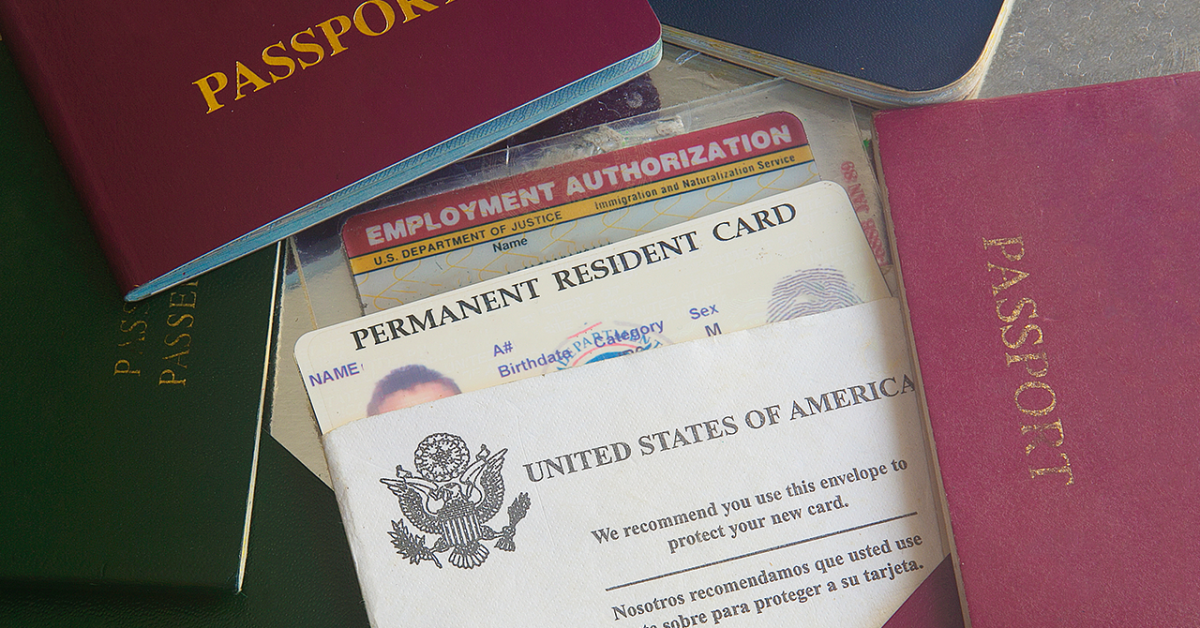
As the new administration unveils its approach to immigration, a distinct focus on family-based policies signals both promise and controversy. While the goal of preserving family unity has long been a cornerstone of American immigration policy, the strategies proposed to achieve this remain a matter of heated debate.
A Return to Family Unity?
Family reunification has historically been a primary driver of U.S. immigration, with programs like family-sponsored visas allowing citizens and permanent residents to bring close relatives into the country. The new administration has pledged to streamline these processes, shortening the backlog for visa petitions and expanding categories for eligibility. For families separated by outdated or restrictive policies, this promises relief and hope.
One key proposal is to increase the number of visas available for spouses, children, and parents of U.S. citizens and permanent residents. Additionally, the administration aims to revise the “public charge” rule, which previously denied green cards to applicants deemed likely to require government assistance. This change reflects a broader shift toward viewing immigrants as contributors to society rather than potential liabilities.
Challenges to Overcome
Despite these positive steps, the new policies face significant hurdles. Congressional gridlock continues to stymie comprehensive immigration reform, and opposition voices warn against policies they claim may encourage unauthorized immigration. Critics argue that without robust border security measures, more lenient family immigration policies could create unintended consequences, including overstaying visas.
Moreover, the administration’s plan to eliminate the visa cap for certain categories has sparked concerns about fairness. Critics question whether prioritizing family reunification will come at the expense of employment-based immigration, potentially disrupting sectors that rely heavily on skilled foreign labor.
Children at the Center
One of the most contentious elements of the new family policies is the treatment of unaccompanied minors and children brought to the U.S. as undocumented immigrants. The administration has indicated plans to expand protections under Deferred Action for Childhood Arrivals (DACA) and create a pathway to citizenship for Dreamers. While this policy enjoys widespread public support, some fear it could incentivize dangerous migration journeys for children seeking refuge.
Efforts to address the treatment of migrant children in detention facilities also stand out. The administration has committed to ending prolonged detentions and implementing alternatives such as family case management programs. This humane approach acknowledges the psychological toll of detention on children, but critics caution that effective implementation will require significant investment and oversight.
Looking Ahead
The outlook for family immigration policies is a mixed bag of optimism and uncertainty. On the one hand, the administration’s emphasis on compassion and family unity signals a departure from the enforcement-heavy policies of previous years. On the other hand, the complexities of balancing humanitarian goals with security concerns and economic needs ensure that the road ahead will be fraught with challenges.
If successful, these new policies could redefine the American immigration landscape, reinforcing the nation’s identity as a beacon of hope for families seeking a better future. However, their success hinges on careful planning, bipartisan support, and a commitment to addressing the concerns of all stakeholders.
For millions of families waiting to be reunited, these policies represent a glimmer of hope. As the debate unfolds, one thing is clear: the family immigration system is poised for a transformation that could shape the fabric of American society for generations to come.

